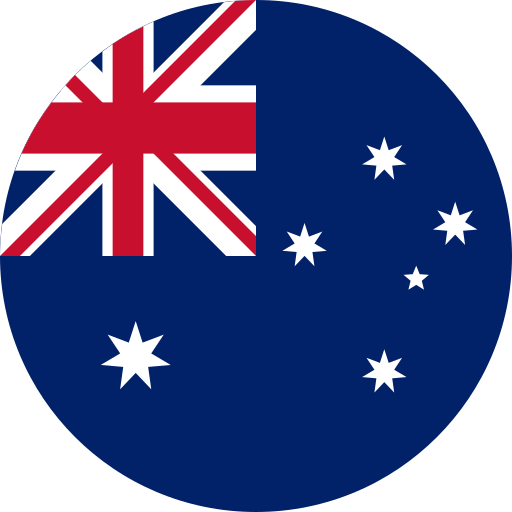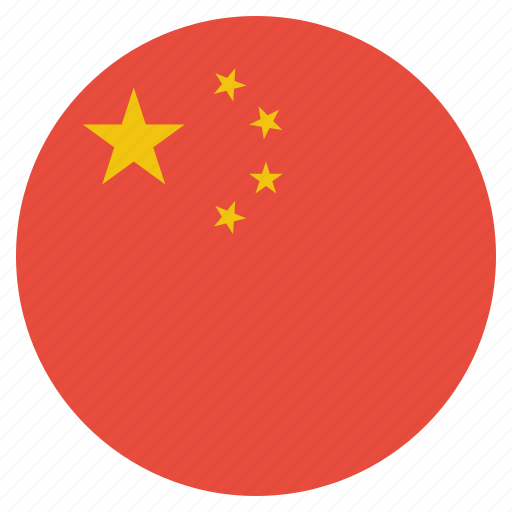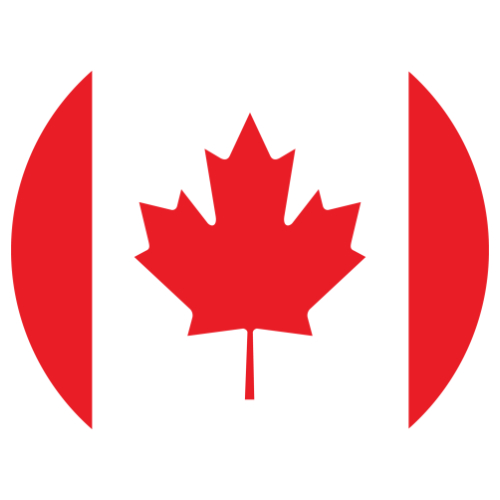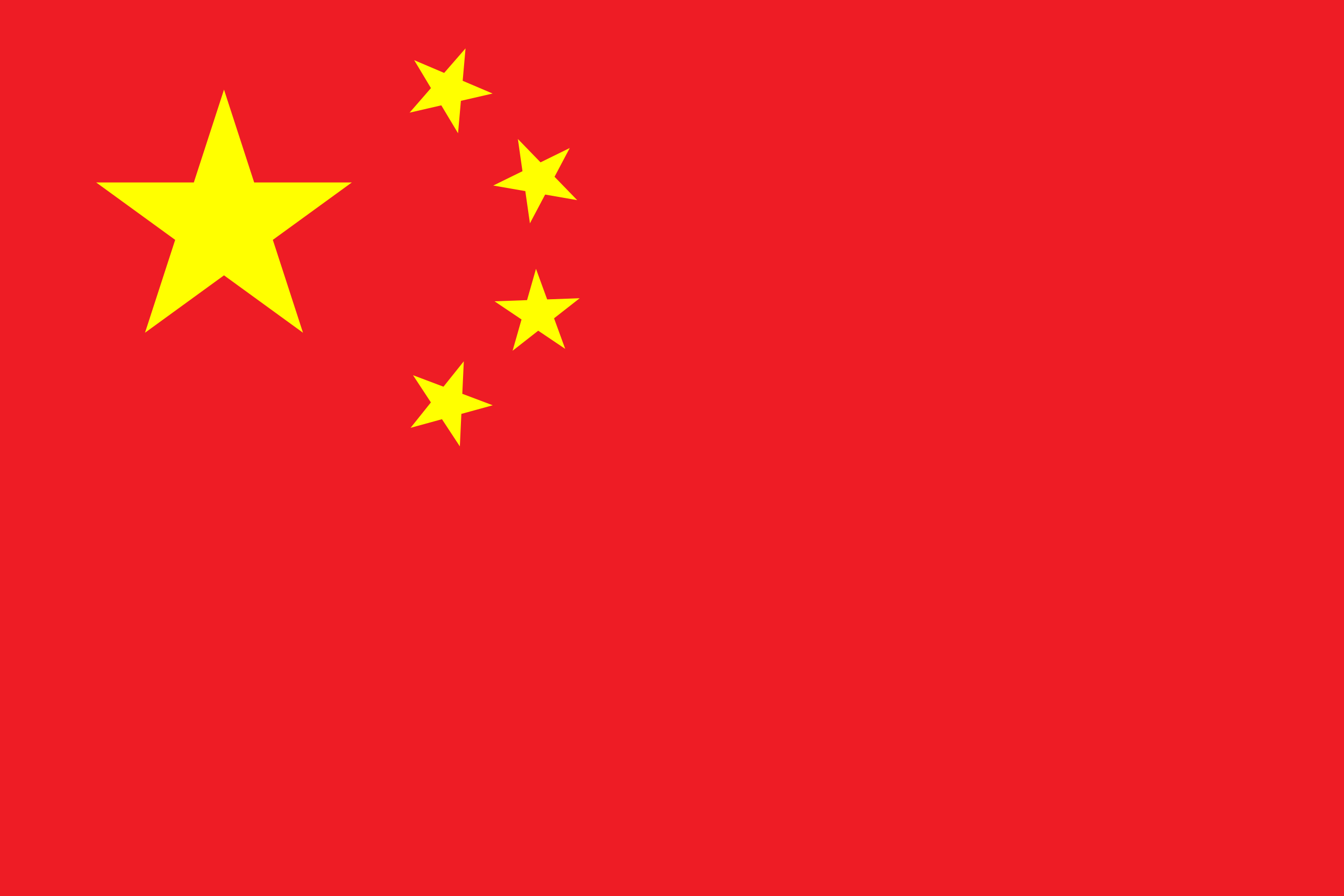Migration & Types of Migration - Push & Pull Factors of Migration
06 May 2020
Migration & Types of Migration - Push & Pull Factors of Migration
Scholarship Description:
Migration & Types of Migration - Push & Pull Factors of Migration is open for . The scholarship allows level program(s) in the field of taught at . The deadline of the scholarship is .
Migration:
A process which involves the long term relocation of an individual or a group of people outside the community of origin due to various reasons is called migration.
OR
A process in which people move from one place to another, may involve covering long distances, due to various reasons is called migration.
Push & Pull Factors of Migration:
Various factors are responsible for migration. The factors which force people to leave a place are called push factors whereas the factors which attract a person to go to a particular area are called pull factors.
2.1 Push Factors:
- Less economic opportunities at the current place of living
- Personal safety and security
- Low standard of living
- Less health and education facilities
- Environmental catastrophes or issues like climate, weather, slavery etc.
- Lack of political/religious liberty, loss of wealth, pollution, war etc.
2.2 Pull Factors:
- Better economic opportunities at the new place
- Good education and health facilities
- Better standard of living
- Political/Religious liberty
- Attractive climate, suitable for agriculture or industry etc.
- Acceptance by society i.e. no caste system
3. Types of Migration:
Migration can be classified on the basis of region or activity.
3.1 On the Basis of region:
3.1.1 International Migration:
International migration, also called transitional migration, involves crossing of borders between countries. The two important related to this type of migration are Emigrant (one who migrates out of the country) and immigrant (one who migrates in the new country). Emigrant is subtracted from the home country population whereas immigrant is added to the new country population.
Examples
One of the greatest international migrations in the history of mankind is from Europe to the new Americas which continued in 19th and 20th century. Similarly, the migration of millions of people from India to Pakistan at the time of independence of Pakistan and from Afghanistan to Iran and Pakistan as a result of the Soviet invasion in 1970’s is also considered as the largest international migrations.
3.1.2 Internal Migration:
Internal migration involves movement within the single country’s border e.g. within states or provinces for economic opportunities or security reasons. However, most of the internal migrations are done due to good education, health and economic facilities. The pattern followed for this is either urban to rural or rural to urban.
Movement of people from rural to urban areas is called urbanization. This occurs in less mobile societies such as Peru. Movement of people from urban to rural areas is also one of the patterns of internal migration and is called counter urbanization. This type mostly occurs in mobile societies and most people perform this type of migration to spend their retirement life.
Examples:
If we talk about the recent internal migrations, most of them are taking place in Pakistan because of its security problems due to the extremists mostly in tribal areas. The operations in Swat, Khyber, Waziristan and Orakzai Agency have forced a lot of people to leave their homes and settle in various camps as IDPs (Internally Displaced Persons). Mexico is also a recent example as almost every year loads of people enter into United States due to which northern areas of Mexico face labor shortage which is finally filled up by the labors from far southern areas of Mexico. In the past, Russia in the communist rule also went through internal migrations.
3.2 On the basis of Activity:
3.2.1 Forced Migration
Forced migration is the involuntary movement of one group chosen for it by another group which is powerful and more authoritative than the first one. In simple words, in forced migration, the people who migrate have no part in decision of their migration or they have no other option except migration.
Examples:
The Atlantic slave trade is considered the largest forced migration in history as some sources give a number of 12 million and some as large as 30 million people. Russia, under Stalin’s rule between late 1920’s and 1953, also experienced forced migration due to which millions of non-Russians were forced to migrate to remote areas of Central Asia and Siberia. Another forced migration on large scale is the migration of people from Afghanistan to Iran and Pakistan as a result of Soviet invasion in 1978-79 and after 9/11 incident.
3.2.2 Voluntary Migration:
Voluntary Migration occurs when a person thinks about various options and the benefits of migration. Voluntary migration occurs as a result of analyzing the various push and pull factors. Voluntary migration is mostly due to better job opportunities and better education facilities. The gold Rush of California, students taking admissions in foreign Universities for better education, people from various countries working outside their country are common examples of Voluntary migration.
Degree Level:
Migration & Types of Migration - Push & Pull Factors of Migration is available to undertake level programs at .
Available Subjects:
Following subject are available to study under this scholarship program.
previous
Achievement Scholarships for International Undergraduate Students: Engineering and Information Technology, University of Technology Sydney



